Welcome to the fascinating world of Usability Evaluation Methods! As usability experts, we strive to make products user-friendly and delightful. Picture yourself navigating through a maze of complex interfaces, only to find an intuitive solution that guides you effortlessly. That’s the power of effective usability evaluation. Our mission? To identify areas of improvement and transform a user’s experience from frustrating to satisfying.
In this article, we’ll explore various usability evaluation methods, such as:
- Heuristic evaluation
- Cognitive walkthrough
- User testing
- Remote usability testing
For instance, imagine using Plerdy keywords analysis, a powerful tool to evaluate website usability. By identifying critical areas that impact user engagement and conversion, we can make data-driven decisions to improve overall website performance.

So, buckle up and join us on this exciting journey! We’ll be delving into the nitty-gritty of usability evaluation methods and sharing insightful examples, personal experiences, and expert tips. By the end of this article, you’ll be equipped to tackle usability challenges head-on and create seamless user experiences. ⚡
What is Usability Evaluation?
Picture this: You’re on a road trip, relying on your trusty GPS. But instead of smooth sailing, you’re met with detours, roadblocks, and confusing routes. Frustrating, right? That’s precisely how users feel navigating a clunky website or app. Enter Usability Evaluation – your digital compass to an unparalleled user experience.
Usability Evaluation shines a light on the twists and turns of your website. This method is about refining the user journey – it’s like upgrading your GPS. Here’s what it entails:
- Studying user interactions and satisfaction levels
- Testing your website with real users
- Seeking insights from industry veterans
Now, imagine a friend who’s always got your back – someone who helps you navigate the complex world of user experience. That’s Plerdy in a nutshell. Plerdy’s cutting-edge usability tools are your secret weapon to outshine competitors:
- Heatmaps: A visual feast of user behavior and usability – clicks, scrolls, mouse movements – you name it!
- Event Tracking & Goals: Keep an eye on user actions, from button clicks to form submissions
- Conversion Funnels: Unearth bottlenecks and rev up conversions with data-driven strategies
So, buckle up and let Usability Evaluation and Plerdy steer you toward a seamless digital journey. Say goodbye to dead ends and hello to user satisfaction!
Define Usability Evaluation And Its Purpose

Think of Usability Evaluation as a master chef, fine-tuning their culinary creation to delight diners. This method helps you refine your website, ensuring a mouthwatering experience for your users. So, what’s the secret recipe? It’s all about understanding their needs and serving up a tailored feast.
The purpose of Usability Evaluation is to elevate user satisfaction – no more digital indigestion! Let’s break down the essential ingredients:
- Analyzing user interactions and happiness levels
- Testing your site or app with real-life users
- Gleaning wisdom from industry gurus
Let me share a personal anecdote. I once visited a website that was harder to navigate than a corn maze. I felt lost and frustrated – not a great combo. But then, the company turned things around with Usability Evaluation. Suddenly, their website transformed into a digital oasis, easily guiding me to my desired destination.
Like a sous-chef, Plerdy offers a helping hand in the kitchen of user experience. With tools like heatmaps, event tracking, and conversion funnel analysis, Plerdy offers an array of insights to perfect your website.
So, embrace Usability Evaluation and let your website shine – your users will thank you for the delightful experience!
Explain The Different Types of Usability Evaluation Methods
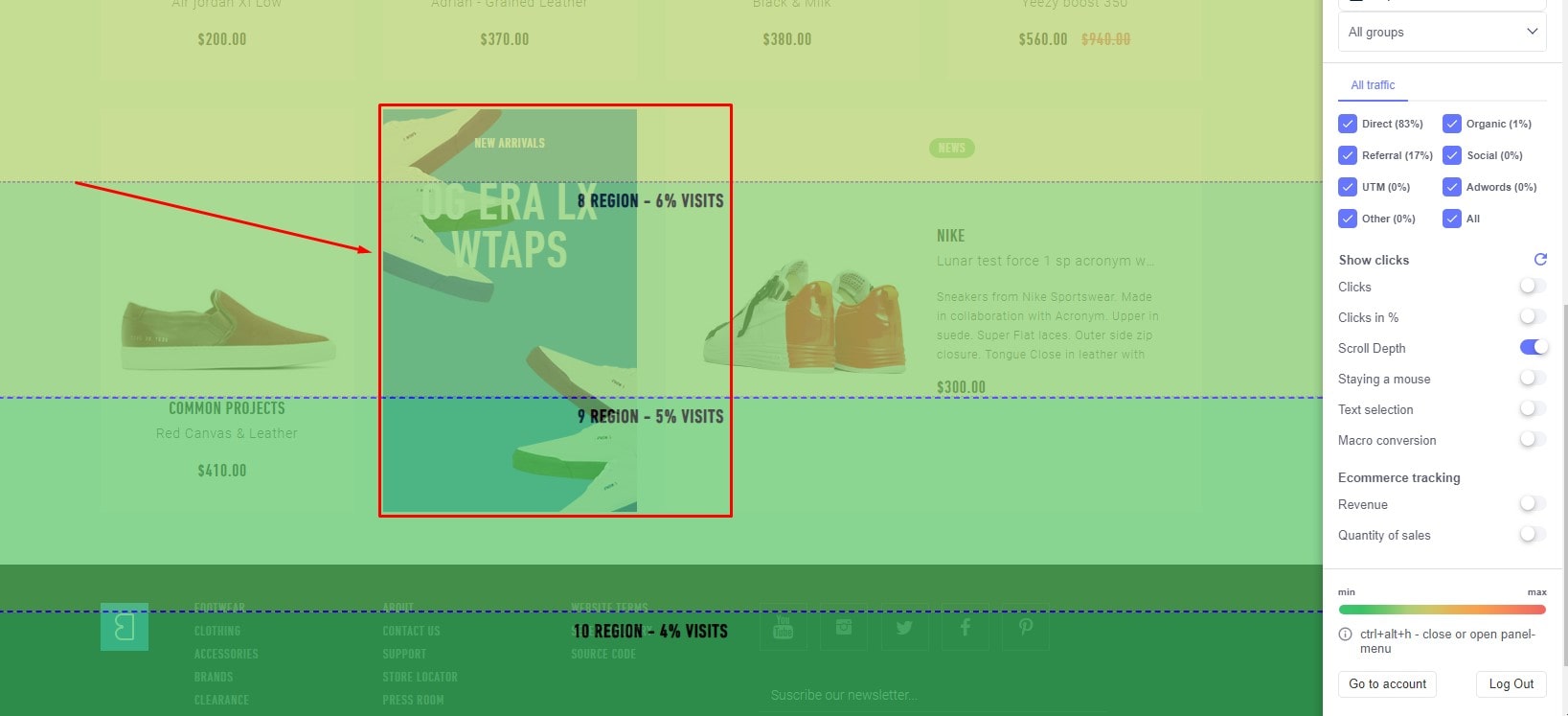
Imagine Usability Evaluation as a movie director, casting the perfect ensemble of methods to create a blockbuster user experience. Each method starring in this epic saga reveals new insights to captivate your audience. So, grab your popcorn and let’s meet the magnificent seven of Usability Evaluation:
- Heuristic Evaluation: The wise sage – UX gurus examine your website against proven usability principles, sharing wisdom to refine your masterpiece.
- Cognitive Walkthrough: The empathetic hero – steps into users’ shoes, traverses the digital landscape, and discovers pitfalls to create a smooth, satisfying journey.
- User Testing: The brave adventurer – real users embark on quests, tackling tasks on your website, and their experiences shed light on areas to enhance.
- Remote Usability Testing: The intrepid explorer – users voyage through your website afar, uncovering insights across borders and time zones.
- Card Sorting: The ingenious strategist – users craft logical content clusters, laying the foundation for intuitive navigation and user delight.
- Contextual Inquiry: The keen observer – shadows users in their natural habitat, gathering insights into how they interact with your website.
- First Click Testing (based on Plerdy): The eagle-eyed sharpshooter – pinpoint the initial steps users take, ensuring they’re on target to achieve their goals.
Combining these Usability Evaluation methods, like assembling a dream team, helps create a unified user experience that leaves your audience in awe. So, roll out the red carpet and let the 7 of Usability Evaluation guide your website to blockbuster success!
So, grab your compass and sail on the Usability Evaluation voyage. Each method is a treasure trove of insight, unlocking the secrets to a truly captivating user experience. Bon voyage!
Expert Review Methods
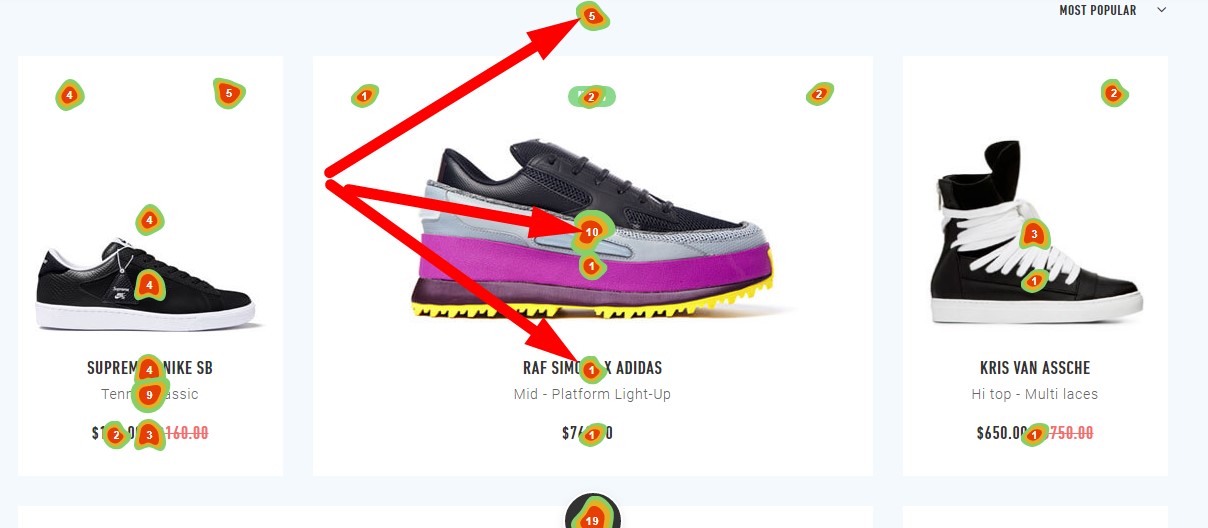
Picture Expert Review Methods as the A-Team of Usability Evaluation – a squad of seasoned pros with unique skills joining forces to optimize your website. When enhancing user experience, these experts are your secret weapon. So let’s meet the all-star lineup:
- Cognitive Walkthrough: The undercover agent – experts immerse themselves in the user journey, detecting roadblocks and opportunities for improvement.
- Guideline Review: The rule enforcer – experts assess your website against industry best practices, ensuring you stay ahead of the curve.
- Competitive Analysis: The rival spy – experts evaluate your website alongside competitors’, identifying what sets you apart and areas to outshine the competition.
- Accessibility Review: The advocate – experts ensure your website is inclusive, catering to users with disabilities and diverse needs.
- Content Usability Analysis: The wordsmith – experts scrutinize your website’s content, refining messaging and structure for maximum impact.
- Performance Review: The efficiency expert – experts analyze load times and responsiveness, optimizing your website speed and agility.
With the Expert Review Methods A-Team on your side, you’re equipped to tackle usability challenges head-on. They’ll whip your website into shape, turning it into a digital powerhouse that dazzles users. So, assemble your dream team and let these usability evaluation pros lead you to victory!
User Testing Methods
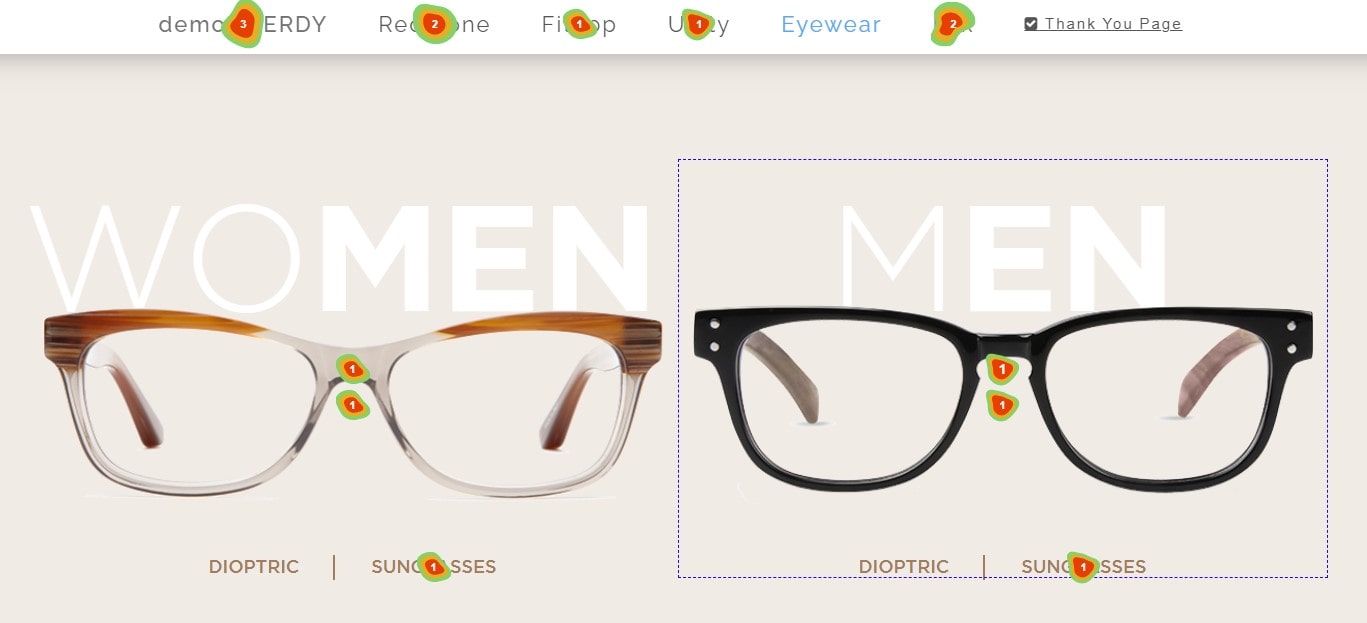
Welcome to the world of User Testing Methods – it’s like having a front-row seat to your users’ thoughts and emotions. Witness their triumphs and struggles as they navigate your online store or website, uncovering invaluable insights to elevate your user experience. Get ready to dive into the action-packed arena of User Testing Methods:
- Moderated Testing: The guided tour – users complete tasks while an expert moderator probes deeper, uncovering the “why” behind user behavior.
- Unmoderated Testing: The solo mission – users embark on tasks independently, providing honest feedback without the influence of a moderator.
- Remote Testing: The virtual venture – users from all corners of the globe test your website, expanding your reach and uncovering diverse perspectives.
- Guerilla Testing: The impromptu investigation – surprise unsuspecting users in public spaces, capturing candid reactions and spontaneous insights.
- A/B Testing: The battle royale – pit two design variants against each other, revealing which one reigns supreme in your users’ eyes.
- Eye Tracking: The visual voyage – tracks users’ eye movements to identify focal points and overlooked areas, optimizing visual hierarchy and content placement.
- Think-Aloud Protocol: The open diary – users verbalize their thoughts and feelings as they navigate your website, providing a real-time window into their experience.
User Testing Methods are your backstage pass to understanding your users, transforming your website into a showstopper they’ll rave about.
Survey Methods
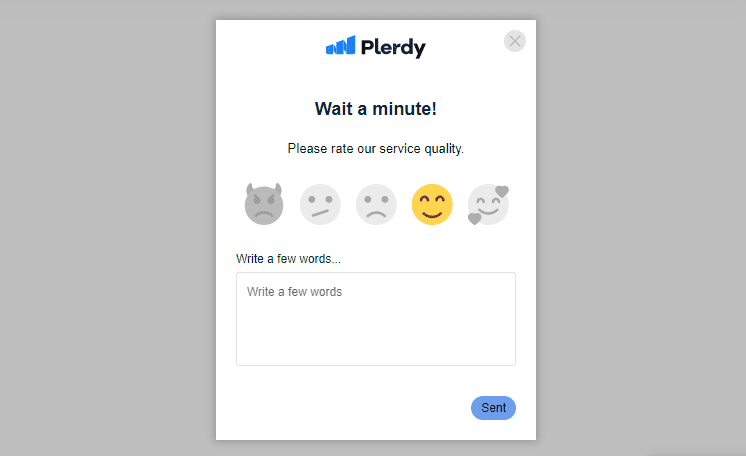
Step into the mysterious world of Survey Methods, where you’ll piece together the user experience puzzle like a seasoned detective. These techniques let you tap into users’ minds, revealing their feelings and preferences. Here’s a rundown of your toolkit:
- Questionnaires: The classic approach – users share their thoughts via carefully crafted questions, providing insights on a grand scale.
- Polls: The quick snapshot – users cast their vote on specific topics, giving you a clear-cut view of popular opinions.
- Card Sorting: The interactive exercise – users organize topics into categories, helping you design intuitive navigation and content structure.
- Post-Task Surveys: The after-action review – users reflect on their experience after completing tasks, shedding light on pain points and satisfaction levels.
- Longitudinal Surveys: The evolving story – users provide feedback over time, revealing trends and changes in behavior.
With Survey Methods, you’ll master the art of user investigation, refining your website to create an extraordinary experience. So, grab your magnifying glass, and let the great usability evaluation adventure begin!
Analytics and Metrics Methods
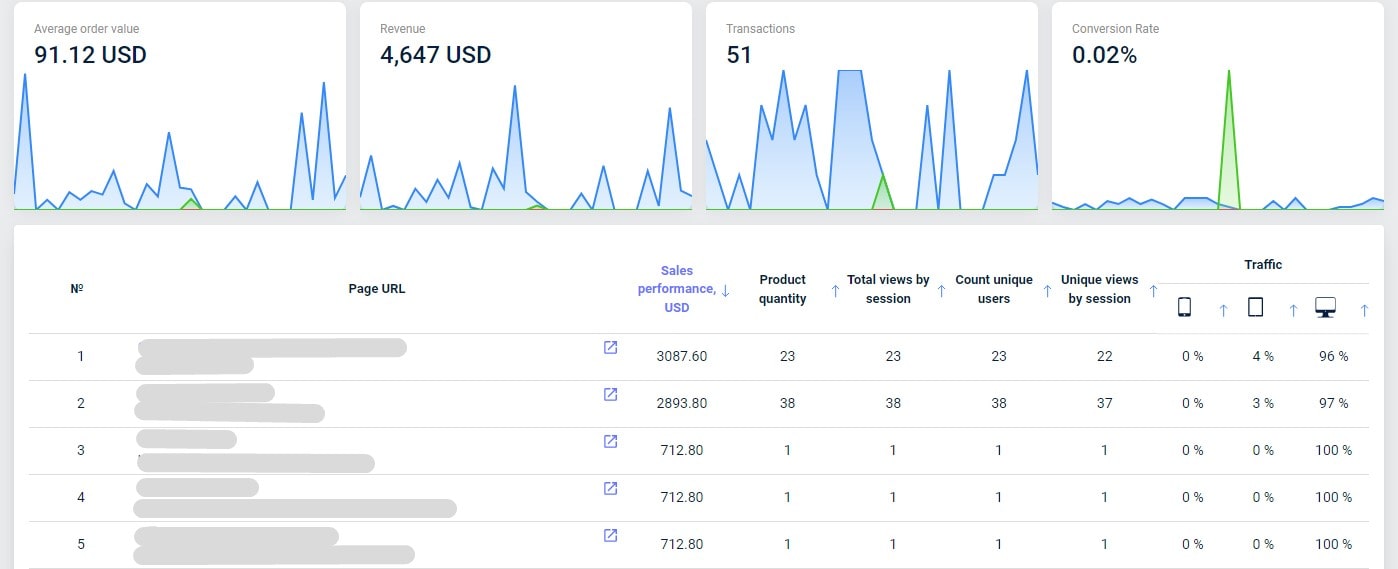
Dive deep into the vast ocean of Analytics and Metrics Methods to uncover hidden treasures of user behavior. This data-driven approach offers invaluable insights, allowing you to fine-tune your website and sail smoothly toward success. So, hoist the anchor, and let’s embark on an exciting voyage of discovery:
- Clickstream Analysis: Trace users’ footsteps by examining their click patterns, revealing popular pages and potential bottlenecks.
- Heatmaps Plerdy: Visualize user engagement by showcasing activity hotspots and pinpointing areas that captivate or repel your audience.
- Conversion Funnels: Track the user journey from start to finish, identifying stages where users drop off or sail towards the desired goal.
- Event Tracking Plerdy: Keep an eye on key user interactions, such as clicks, scrolls, and form submissions, unveiling opportunities for improvement.
With Analytics and Metrics Methods, you’ll become a skilled data navigator, charting a course through the data ocean to reach your ultimate destination: a flawless user experience. So, grab your compass, and let the usability evaluation expedition begin!
Choosing the Right Usability Evaluation Method
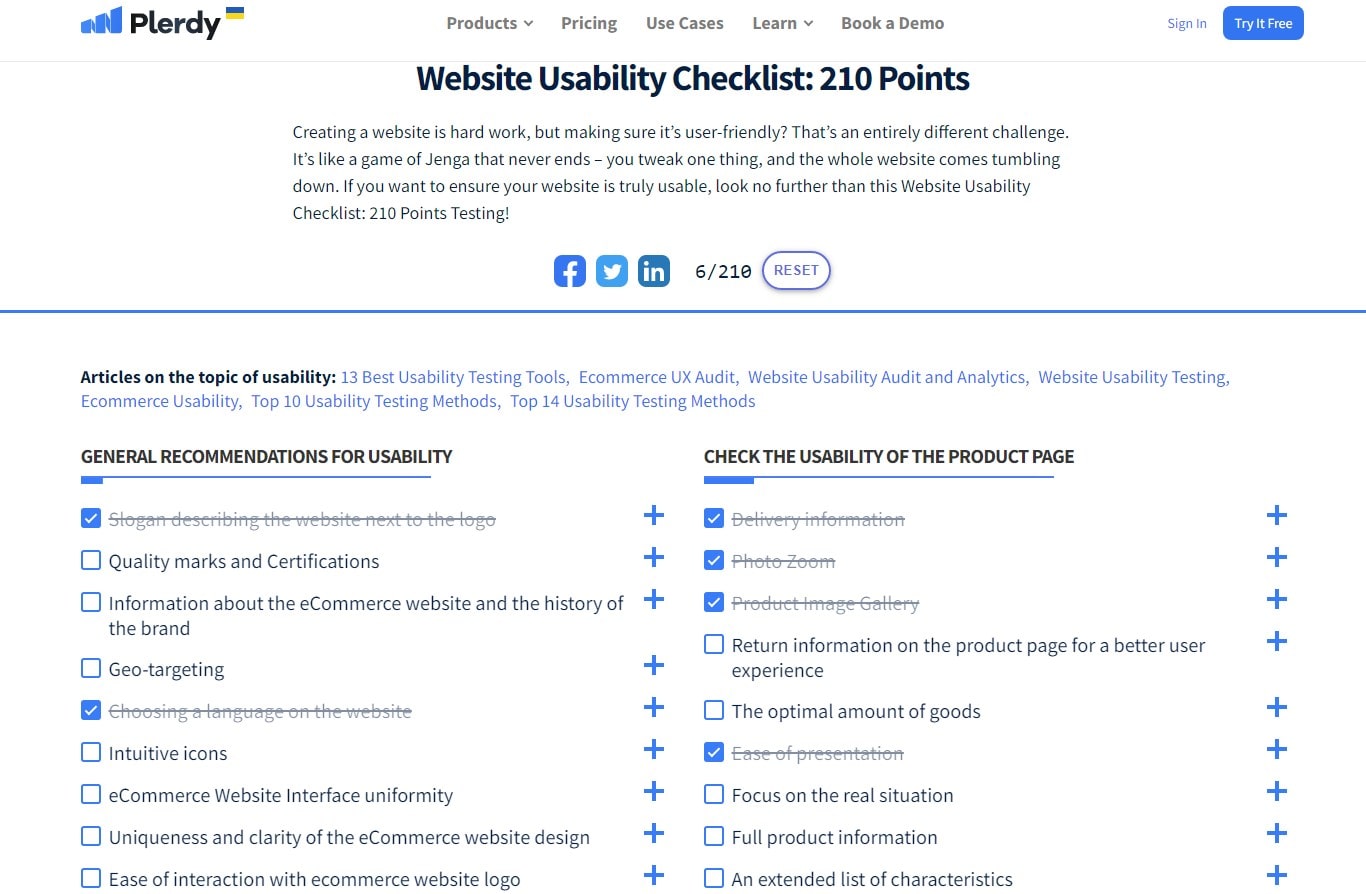
Picking the great usability evaluation method is like cooking up a scrumptious dish – you need the right ingredients, tools, and techniques to create a mouth-watering masterpiece. To whip up a top-notch user experience, consider these key factors when selecting your evaluation method:
- Website Goals: Clarify your objectives – are you looking to improve user satisfaction, boost conversions, or increase engagement?
- Stage of Development: Tailor your approach to the project’s lifecycle – early stages call for expert reviews, while later phases benefit from usability.
- Resources: When selecting the most suitable method, weigh your budget, time constraints, and team expertise.
- Target Audience: Understand your users’ needs, preferences, and demographics to ensure your chosen method addresses their pain points.
- Depth vs. Breadth: Strike a balance between in-depth analysis and broad coverage, depending on your project’s priorities.
With these ingredients in mind, you can cook up a winning strategy that leaves your users hungry for more. So, don your chef’s hat, roll up your sleeves, and create a delectable user experience with the perfect usability evaluation method!
Bottom Line
As we wrap up our journey into usability evaluation methods, it’s clear that these techniques play a crucial role in enhancing user experiences. We’ve navigated through many methods – from heuristic evaluation to cognitive walkthroughs – and discovered the immense value they bring to the table.
Remember when you were lost in a poorly designed app or website? Frustrating, right? That’s precisely the predicament usability evaluation aims to avoid. By employing these methods, we can turn the tide – making even the most intricate interfaces a piece of cake to navigate.
We’ve shared anecdotes and expert tips to help you grasp these concepts better, and now it’s your turn to put them into action. So, don’t just sit there – dive in, experiment, and watch your products soar to new heights of user satisfaction.
But wait, there’s more! Level up your usability evaluation game with Plerdy, a comprehensive tool for website analysis. Harness the power of Plerdy’s keyword analysis to boost engagement and conversion rates, paving the way for a more accessible and enjoyable user experience.
? Ready to supercharge your usability evaluation? Try Plerdy today and embark on a journey to create unparalleled user experiences. Your users will thank you, and your website or app will thrive like never before!
